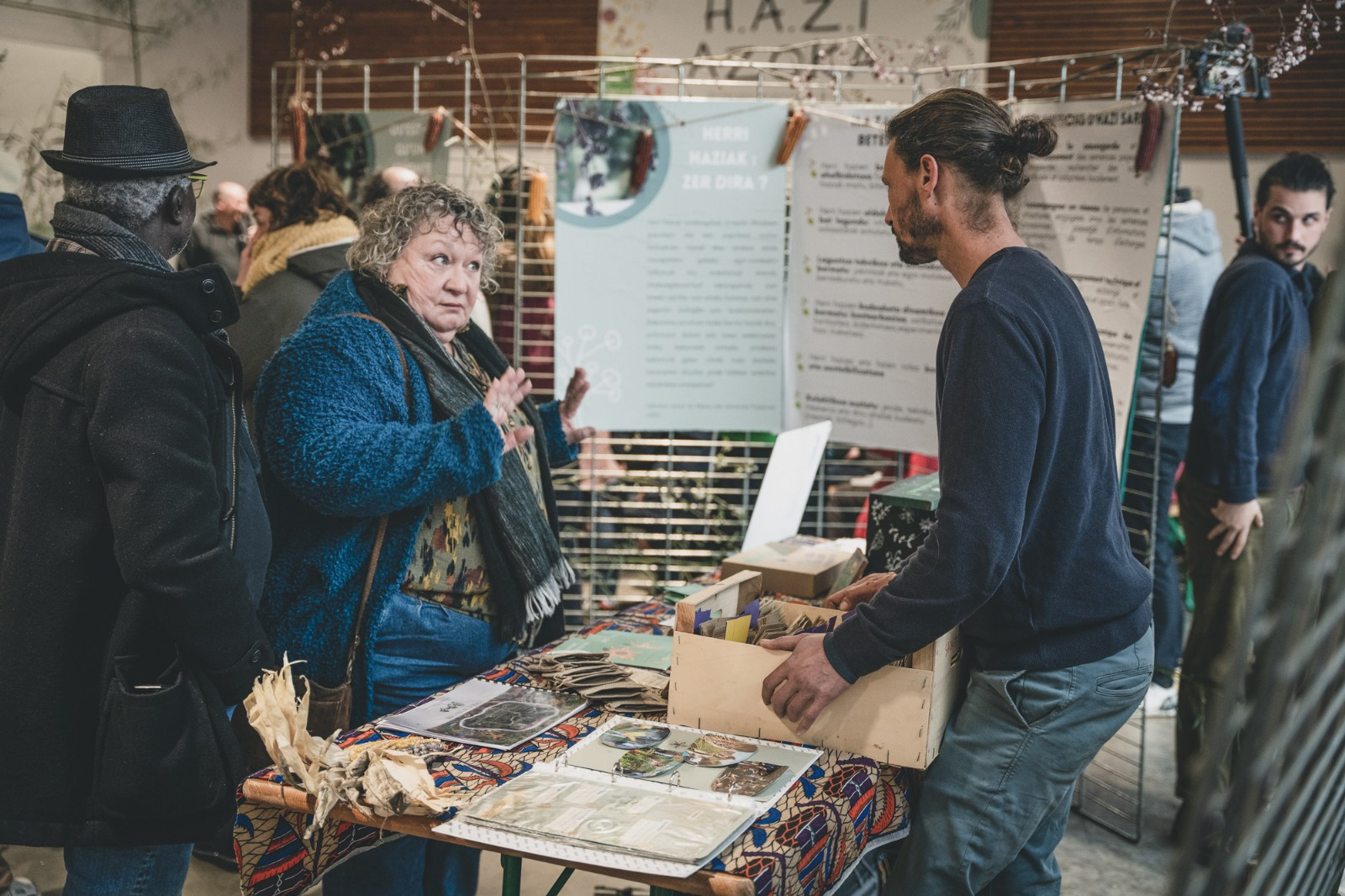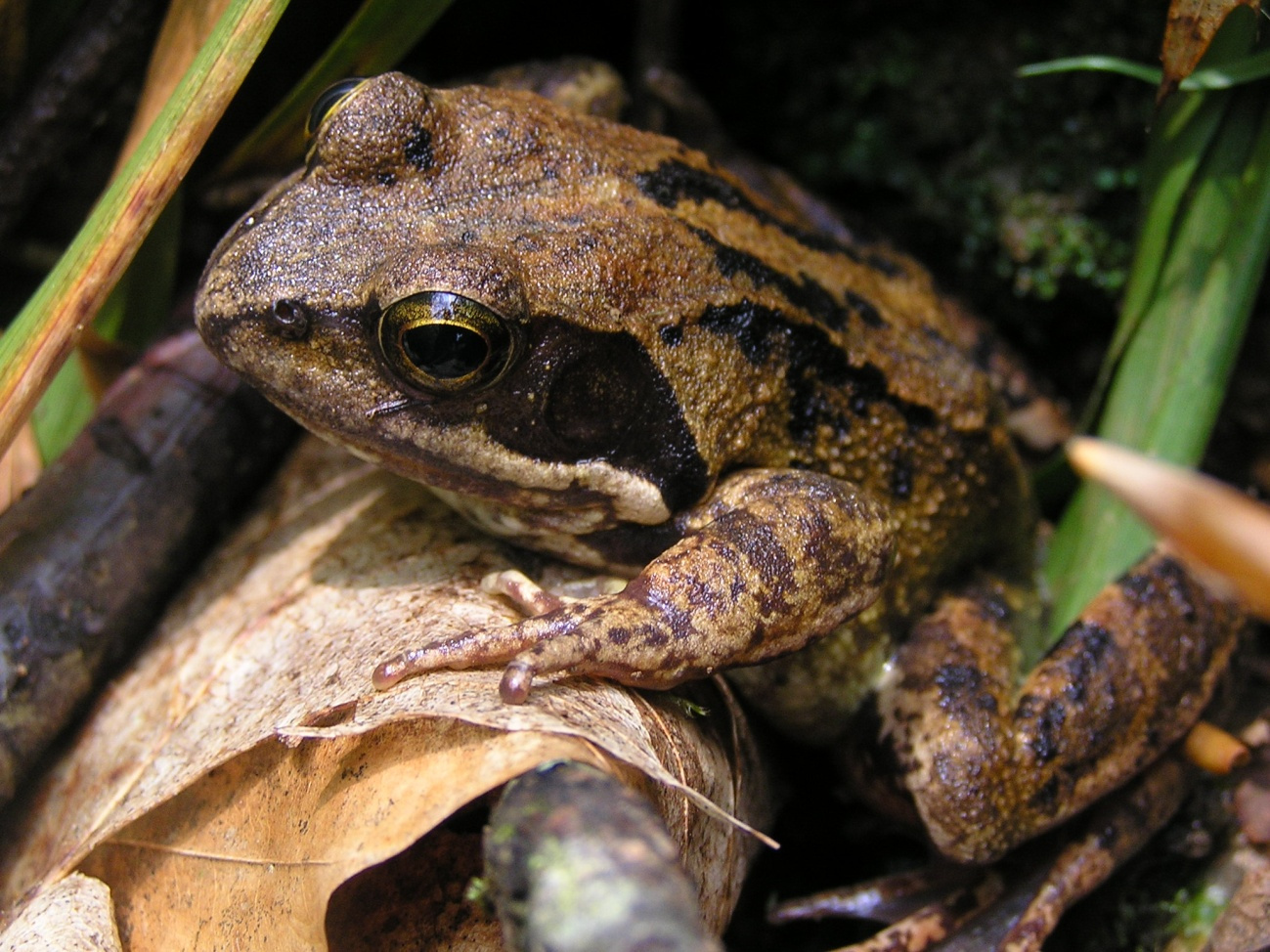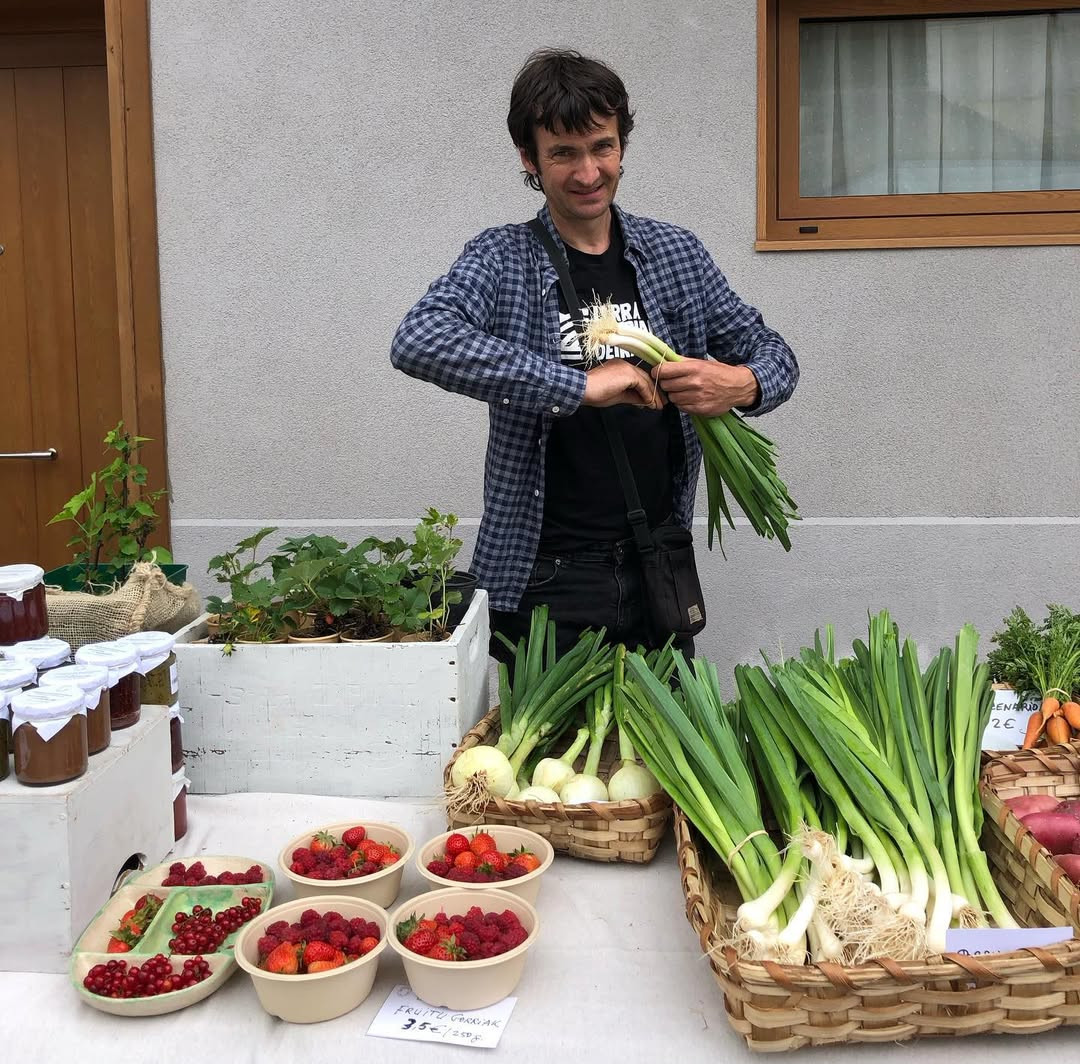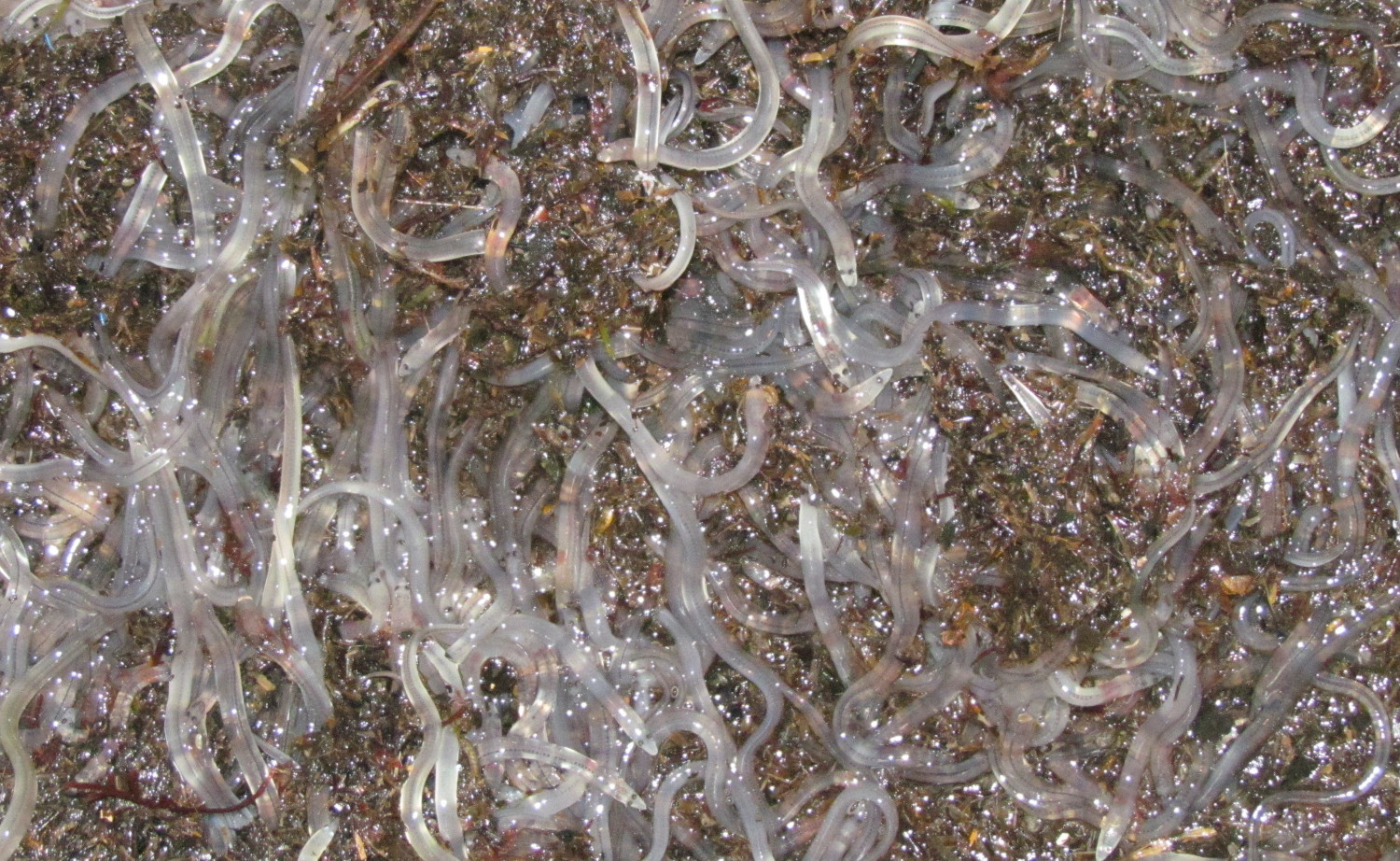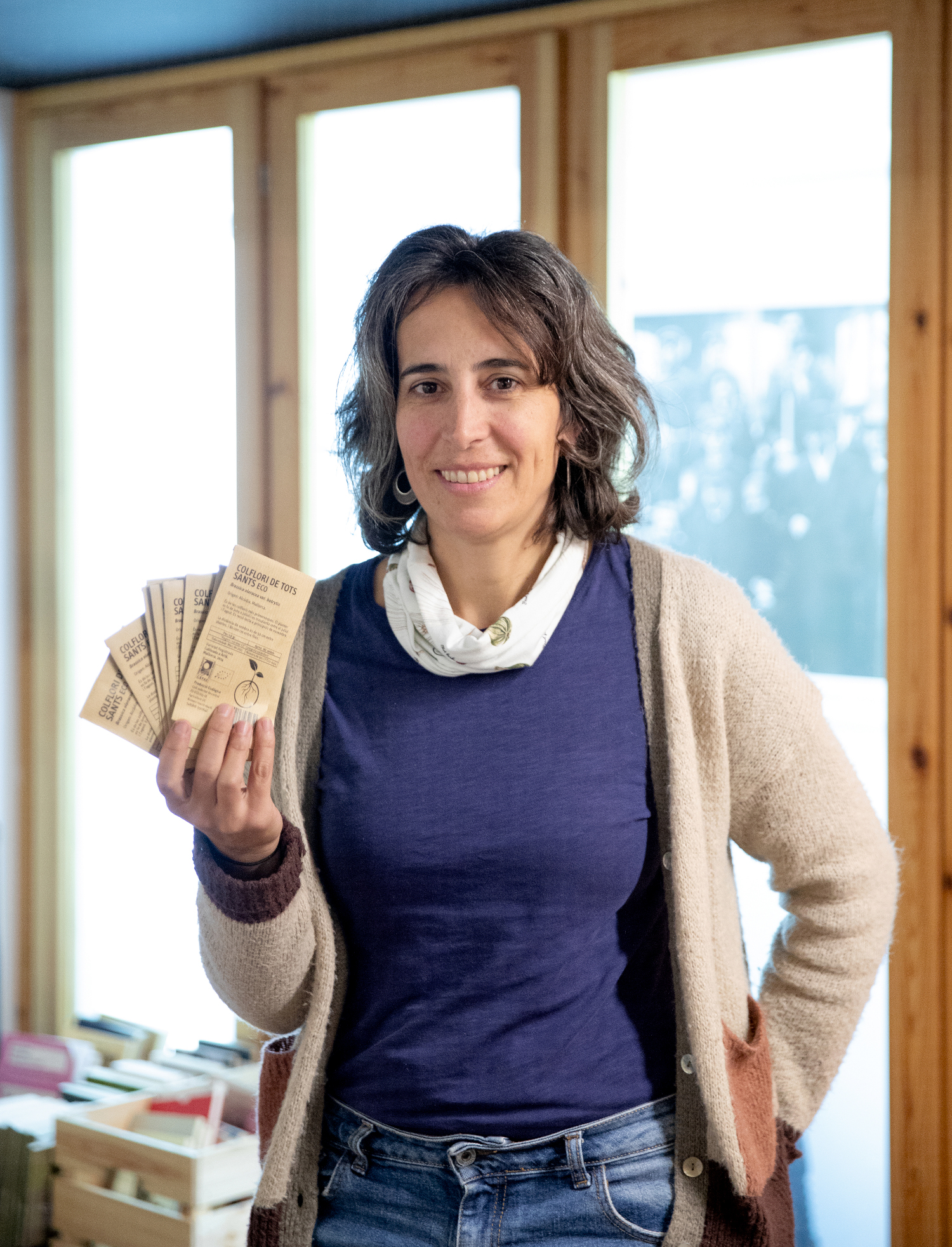Solar meteorologist
- On the ridge of the highest mountains. In a place where cold air has been crying for seven months. Livestock herds rising in summer are piled on the shrubs on the shores of the grasslands. It is no longer possible to sustain survival and the forests are crashing and retreat very far away. Here you will find the most impressive plant that seems detached from the legend, the spiny relic of the times: the flower of the sun.
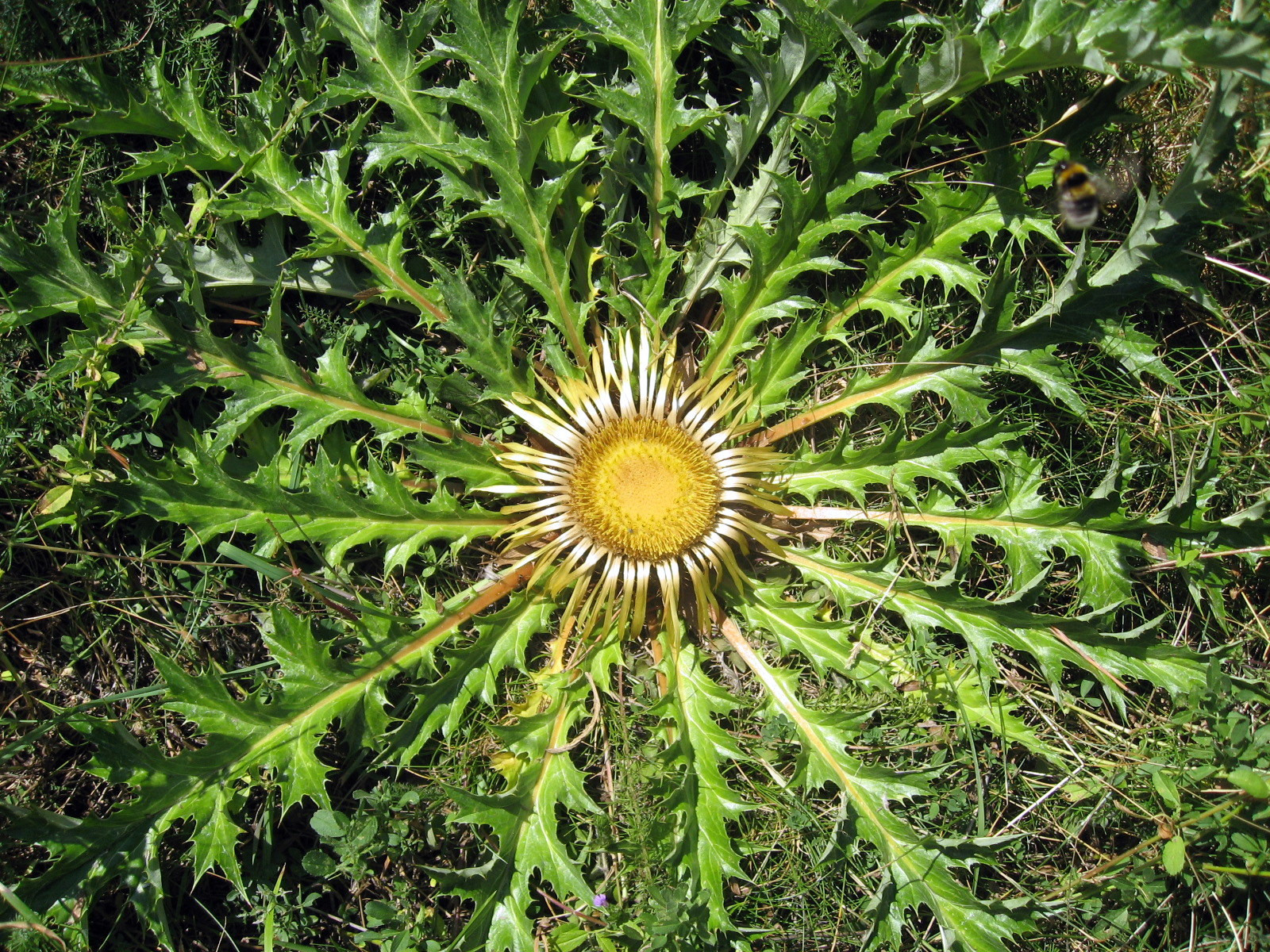
It grows on the drained slopes that are based on karaitza, if it is left in peace… In homes the habit of putting it as an amulet or amulet has spread and, as we are doing it to disappear on the mountain, the prohibition of taking it is regulated.
Those who cultivate ethnography know the relationships between the flower of the sun and us. Today it is known that it has been a great medicinal herb. The water from its root is the best known: to throw vices or worms of the casings, to flap the Hydropesians, to heal those who cannot urinate and to fight the venom of snakes along with wine. If you want to kill an animal, for example, the well-known botanist Pius Font i Quer tells the doctor Dioscorides that he is received by Dioscorides: “Mix the root, flour, water, and oil to kill the dog, pig, or rat.” Even the person, adds Pius himself.
The flower of the sun in the houses is a protector. It is placed on the doors when there is no sun to do its job. It drives away evil beings, diseases, storms and the like. The sun's flower is also a trick for witches not to enter the house. When they approach the house with the intention of making a “wickedness”, when they find the flower of the sun at the door, they cannot fail to count one by one the flowers that has their set of central flowers and at the end comes dawn, and the witch cannot fail to escape the light.
Telesforo Aranzadi received the name “anti-sorcerers” in Beizama, as well as “moonflower”. He also received the names of Gorritin “astalar” and Olazti “otarraska” in the article Plant Names in Euskera, published in 1929. José Miguel de Barandiaran also picked him up in Ataun, “Ilargi eta belar”. So it has as much to do with the moon as it does with the sun. On the other hand, it is also known as “astalarra”, “basalarra” and “kardalora”. We have two species: the short solar flower (Carlina acanthifolia) and the long one (Carlina acaulis).
The ring of sparkling bracts that surrounds the set of central flowers gives you exceptional elegance. As well as other uses. These bracts are able to move in function of moisture: when the air is dry, it widens and is collected with a lot of moisture, as if trying to protect the flowers from the interior. It is therefore a barometer. In French they call him “chardon baromètre” (barometer cardo) and in German “wetterrosen” (rose of time). I guess it would be used more time predictor than to scare witches. The witch is a nice story, but for external jobs, isn't it more prudent to be a reliable predictor of time?
Traditionally it's been a drug and the sun's flower has a profound meaning, but today, isn't it a kind decor? However, if you want at home, you will still have a trail of flowers somewhere in the mountain: get the seeds, the sows in the coming February-March and next summer you will have flowers.










